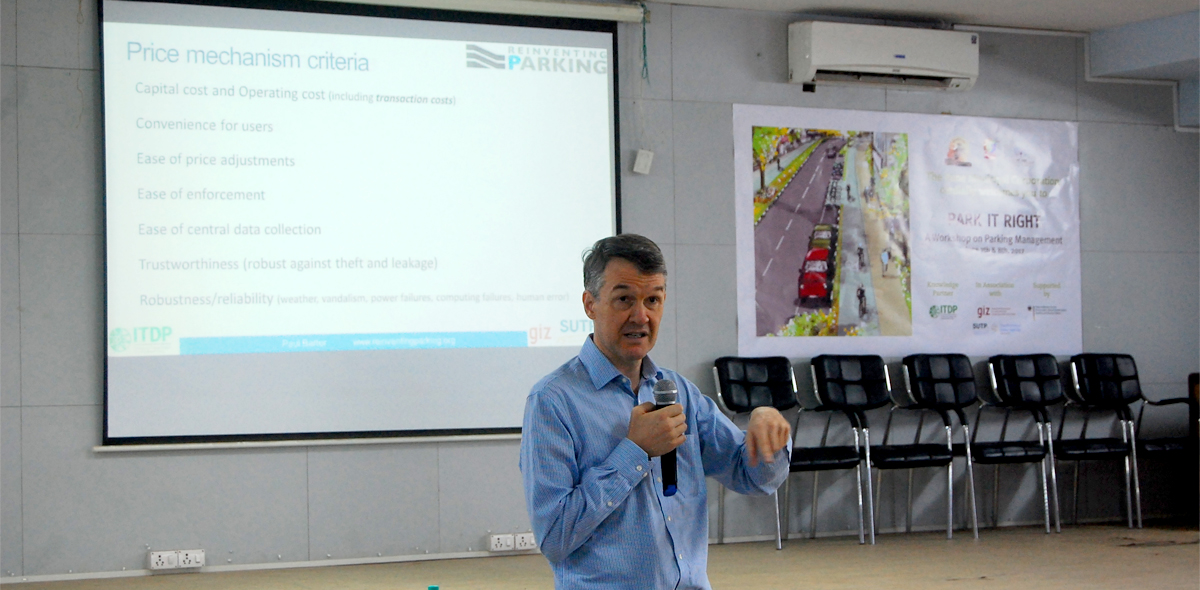Cover Image Source: Society of Cyberabad Security Council
Collated by Sai Ratna Chaitanya Gurugubelli
PT InFocus is a weekly series presenting to you news about public transport from around the world, including Indian cities. Ride-hailing has been growing in popularity due to the convenience it entails. Now, private entities like Shuttl and government organisations like the Land Transport Authority in Singapore have joined the bandwagon to experiment with on-demand bus services.
“SAFE” travels with Shuttl: Facial recognition now on buses
Biometric sensors have been popularly used at banks, big businesses, houses, etc to increase security and protection. Shuttl, an Indian app-based bus service, is the latest to incorporate biometrics: in buses! “Shuttl says this service has been launched to ensure safety for urban commuters, especially women. The bus will offer face-based check-in where a camera will be placed at the entrance and all you have to do is walk in and the bus will recognise you as a registered passenger. It ensures that only validated, genuine commuters board the bus. The bus will have a physical panic button in case of emergencies and also the Shuttl app will come with an SOS and panic button to help commuters trigger an emergency response when in danger. There will also be live CCTV recording which will have an auto alert feature”, reports the Quint.
SHE shuttle(s) between LB Nagar and Pocharam in Hyderabad
The latest addition to the shuttle fleet launched by the Society for Cyberabad Security Council (SCSC), is a SHE shuttle, meant to improve transportation for women commuters. “More than 1600 users utilize the shuttle services in a day and at least 1200 users are present during the peak hours at any given day in the week…All five shuttles are being monitored continuously in Cyberabad Police commissionerate command control centre. We are also in discussions with the state government to launch a shuttle service to provide last-mile connectivity in Cyberabad, based on the SHE shuttle’s model,” said SCSC general secretary Aroll to The Times of India.
On-demand public bus services soon in Singapore
A mobile application could make public transit a breeze for commuters in Singapore, by allowing them to request pick-ups and drop-offs at any bus stop within an operating area, instead of relying on fixed timetables or routes. The Land Transport Authority (LTA) has called a tender to develop bus services based on commuters’ demand via a mobile application in real time, and trials will start in the second half of next year. Group director of Public Transport at LTA, Mr Yeo Teck Guan, said the tender will allow the authority to explore data analytics and mobile technology which have “revolutionised the way that we travel, as we have seen in the success of ride-hailing”. Find out more on Channel News Asia.





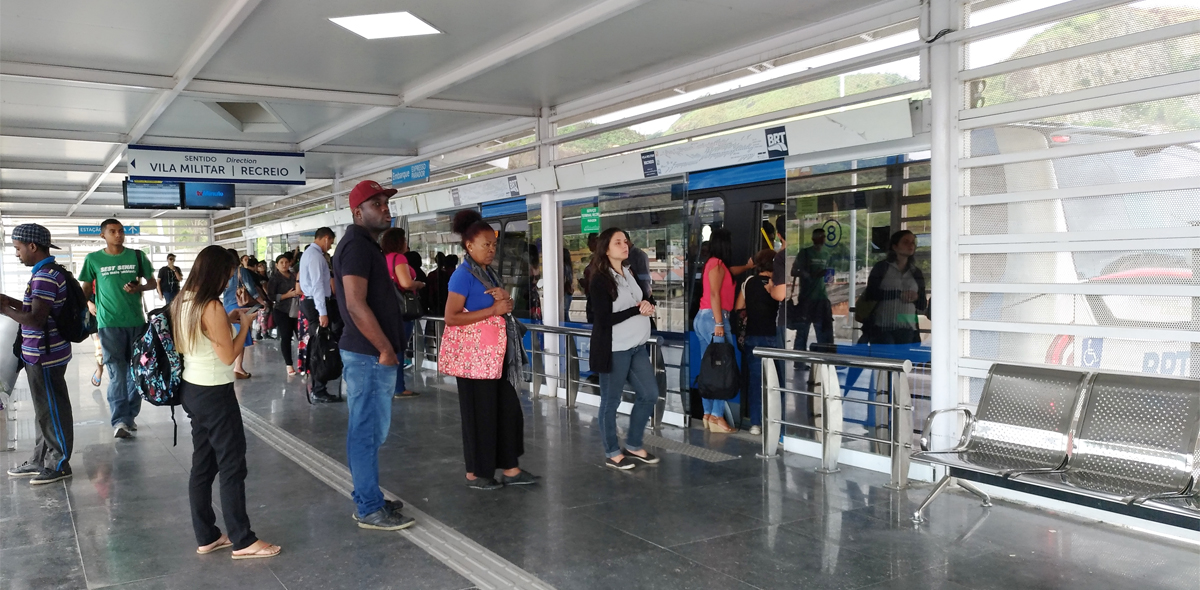



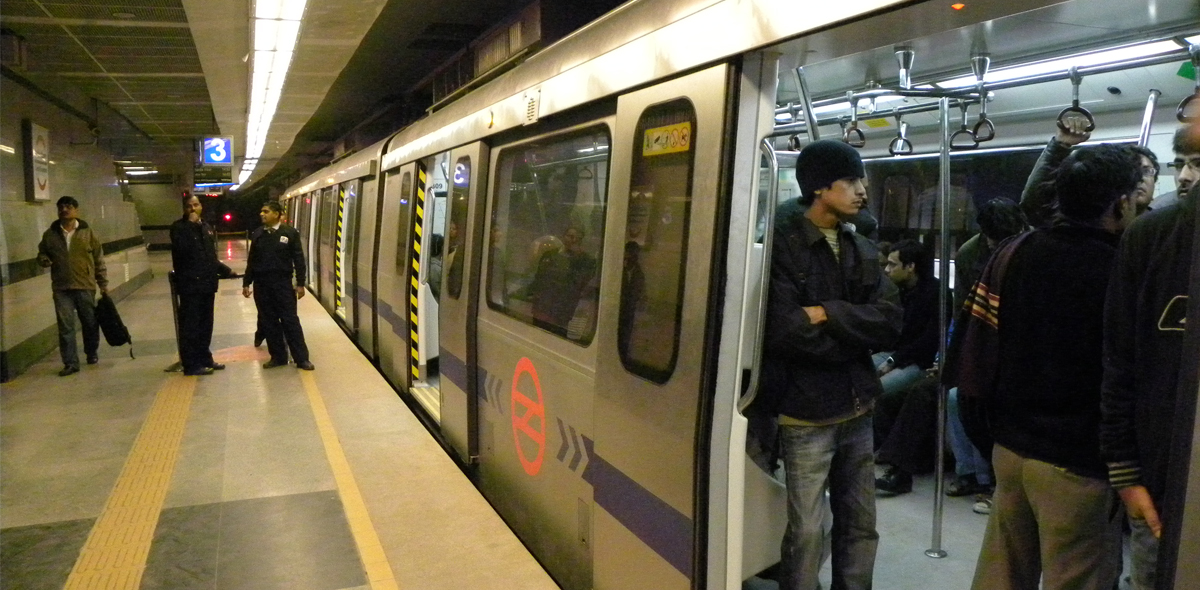





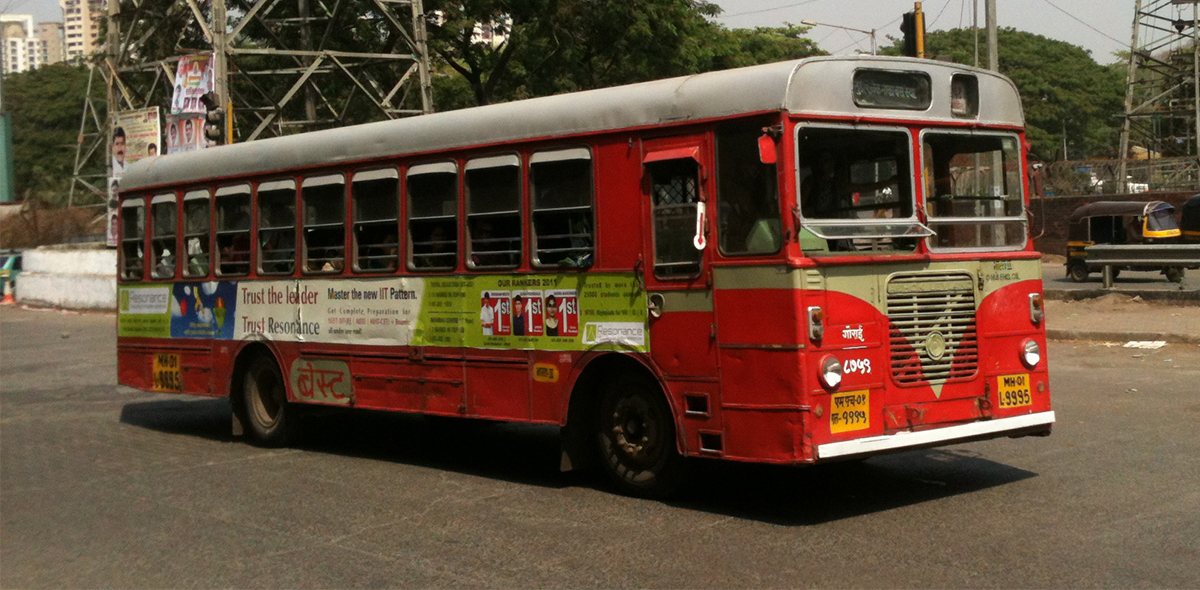
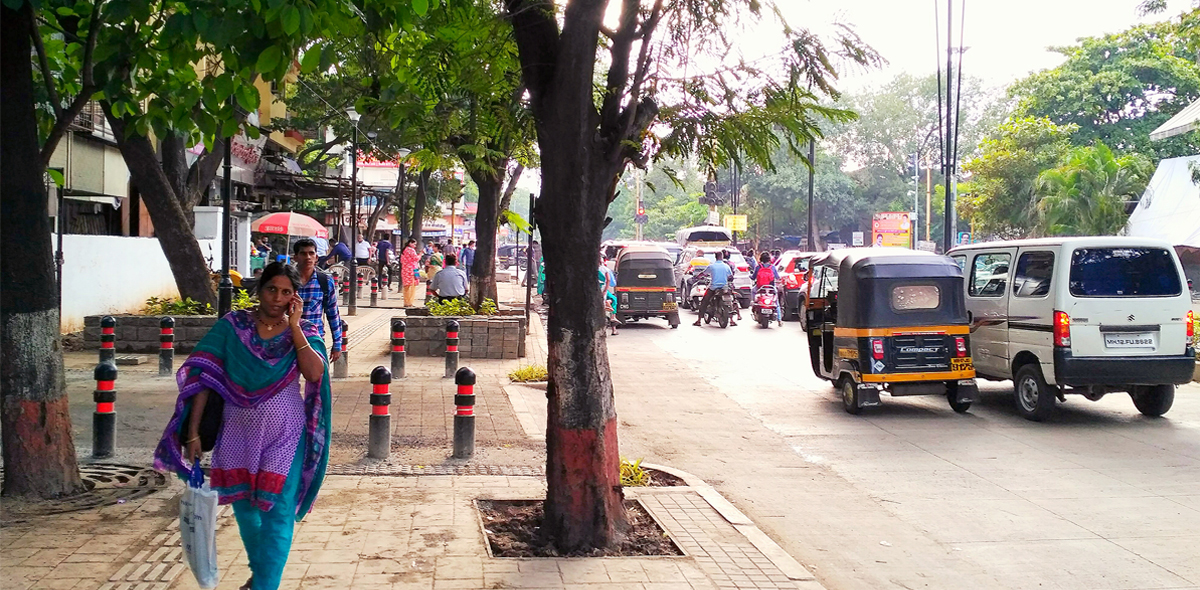





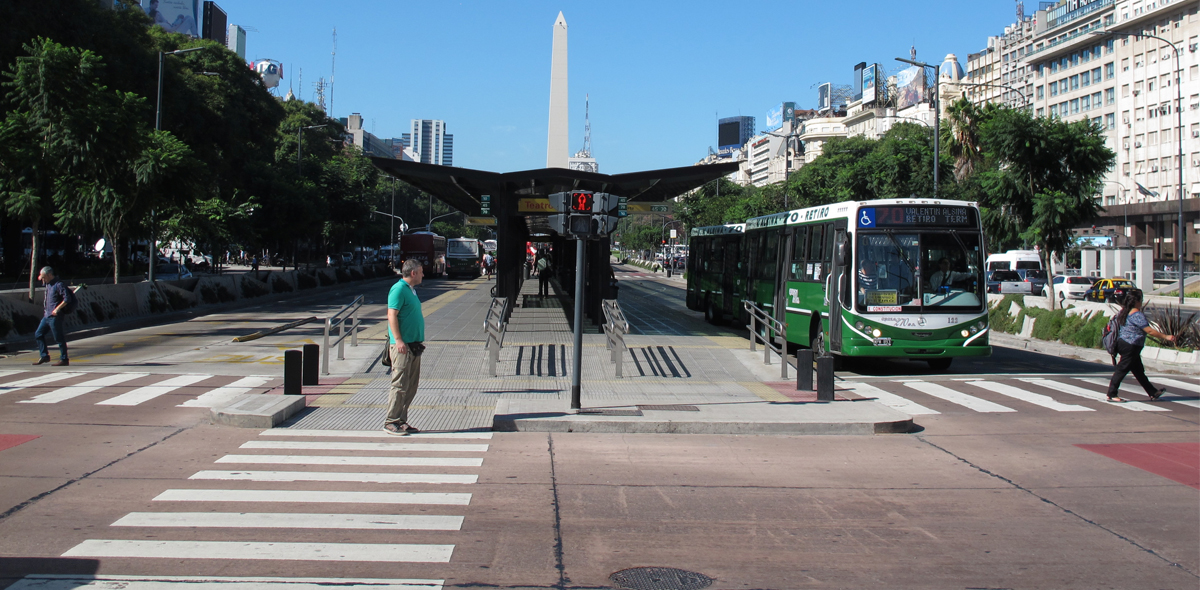




 [/one_fourth] This interview is a part of the MOBILIZE Santiago Speaker Series. In this series, we will feature interviews with researchers from VREF’s Future Urban Transport where we will discuss their work in sustainable transport and reflecting on MOBILIZE Santiago’s theme: Just and Inclusive Cities Become the New Normal. To learn more about MOBILIZE Santiago and how you can register to attend the summit in Chile, visit
[/one_fourth] This interview is a part of the MOBILIZE Santiago Speaker Series. In this series, we will feature interviews with researchers from VREF’s Future Urban Transport where we will discuss their work in sustainable transport and reflecting on MOBILIZE Santiago’s theme: Just and Inclusive Cities Become the New Normal. To learn more about MOBILIZE Santiago and how you can register to attend the summit in Chile, visit 